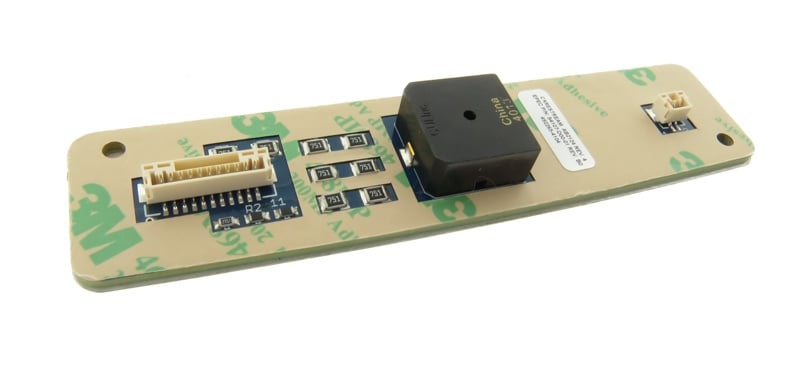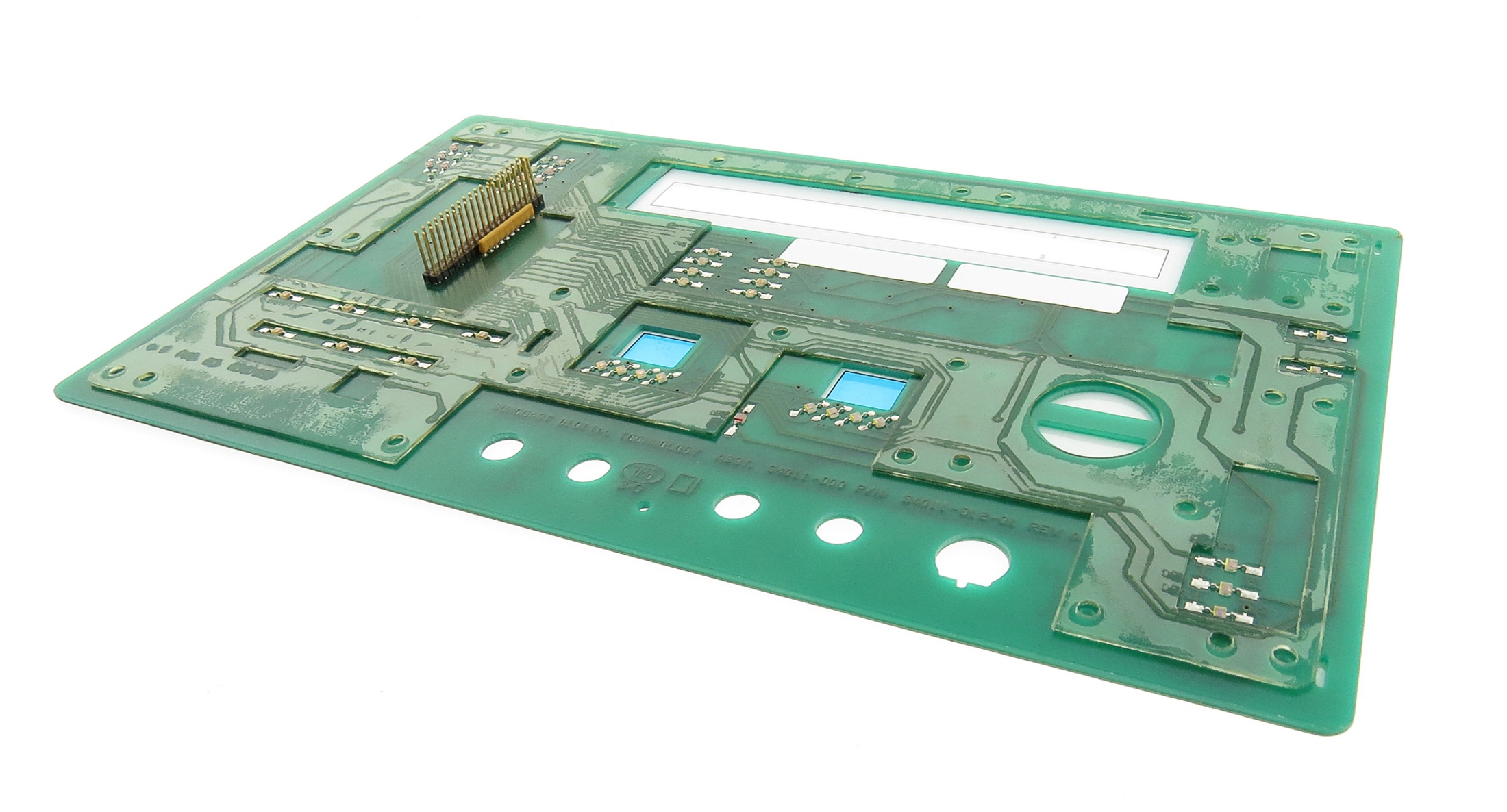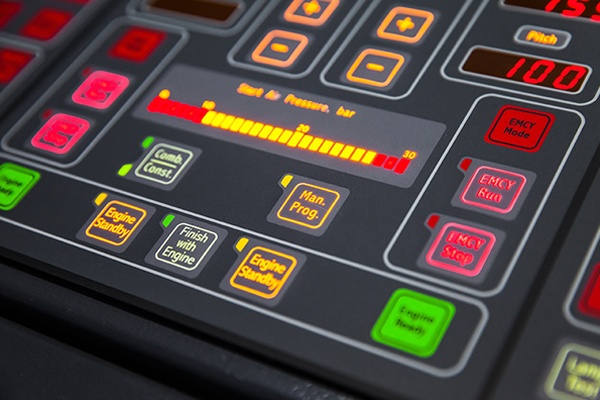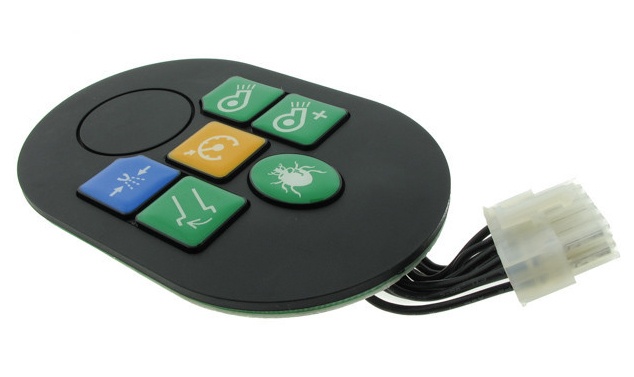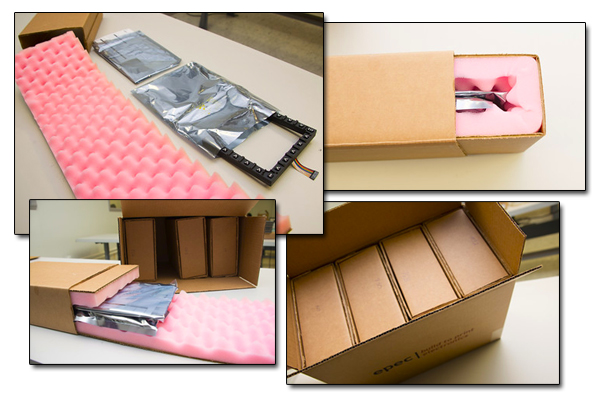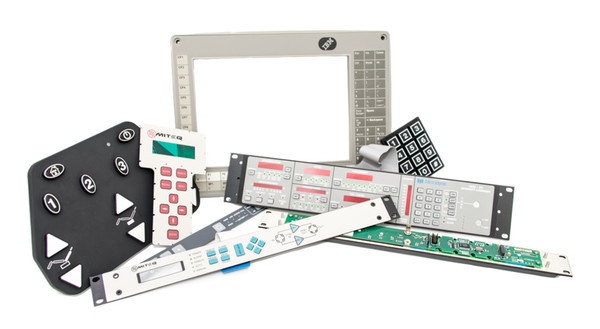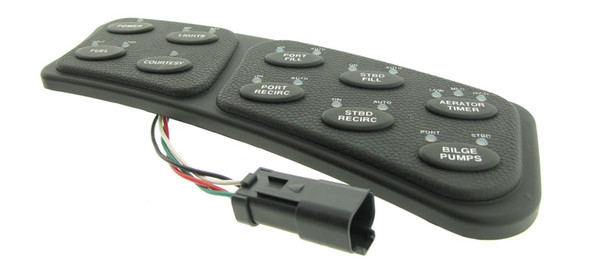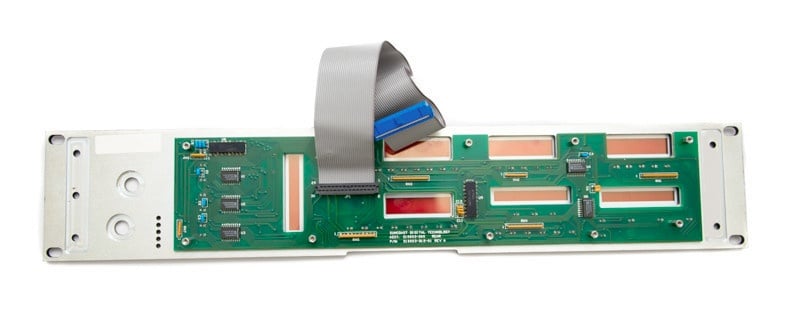Advancements in user interface assembly construction methods are often overlooked in HMI applications, becoming an afterthought while too many people assume that the older graphics, adhesive, rubber, and backlighting technologies all stay the same. This is not the case, especially within medical device HMI manufacturing.
Continued improvements to the human-machine interface (HMI) manufacturing process across entire electronic industries have made technology once widely considered too expensive for most applications now accessible within many design budgets.
There is good reason that programmable logic controllers (PLC) are used as a user interface in a large number of applications. These robust devices are commonplace on factory floors controlling equipment, in processing plants monitoring operating conditions, and even used in portable devices exposed to harsh environments.
Membrane switch style user interfaces often face long-term outdoor UV, chemical, and moisture exposure. To help improve membrane switch design, there are several considerations that apply. Veteran manufacturers with substantial engineering experience ensure the optimal result of each application. Numerous solutions can be provided specific to any given industry.
Designers and manufacturers of silicone rubber keypads understand they are used for a wide range of industries and applications while needing to withstand heavy usage. Keypads are used extensively in both consumer and industrial electronic products as a low cost and reliable switching solution. In specific applications rubber keypads may be used in harsh outdoor environments that must withstand hundreds of actuations on a daily basis.
As a leader in user interface technology, we frequently get asked the question, "What kind of user interface is the best option for my application?" User interface, or Human Machine Interface (HMI), assembly designs are dependent on the application, housing, and the environment they will be used in. Choosing the right option and material is a key component.
Packaging for user interface assemblies is the last step in the manufacturing process, but not a step that should be rushed. Epec pays as much attention to packaging detail as we do to design and manufacturing of custom assemblies. Because each assembly part number is customized, each has different size, mass, and shape. However, styles of user interfaces can be grouped into several categories. Experience has shown the type of packaging that works best is based on complexity of construction, shape, size, mass and shipped unit volume. No one packaging solution works for every assembly style.
This blog post addresses custom user interface testing in terms of functional test schemes that are completed prior to shipment. Generally, the first user interface assemblies shipment are for First Article acceptance testing where customers fully examine the first units for mechanical and electrical compliance to all engineering drawing and specifications.
The need to protect your keypad from the ever-present threat of wear-and-tear is crucial for all applications. If your control panel is going to be used in marine environments, medical devices, or other consumer electronics, the threat of water or liquid exposure is ever present. In wet situations, it is critical that all electronic components are completely sealed off from any outside substances that could damage the device.
Many applications would be better suited using a membrane switch (low profile, flat surface keypad assembly) along with a rigid printed circuit board (PCB), replacing screen-printed silver conductors on polyester sheets.
Printed circuit boards with gold plated switch contact pads and gold-plated dome switches greatly improve the reliability of your application, offering longer operating life with lower switch resistance and contact bounce.


